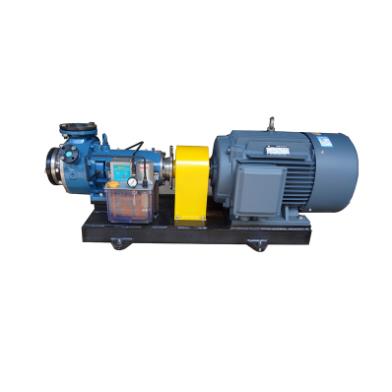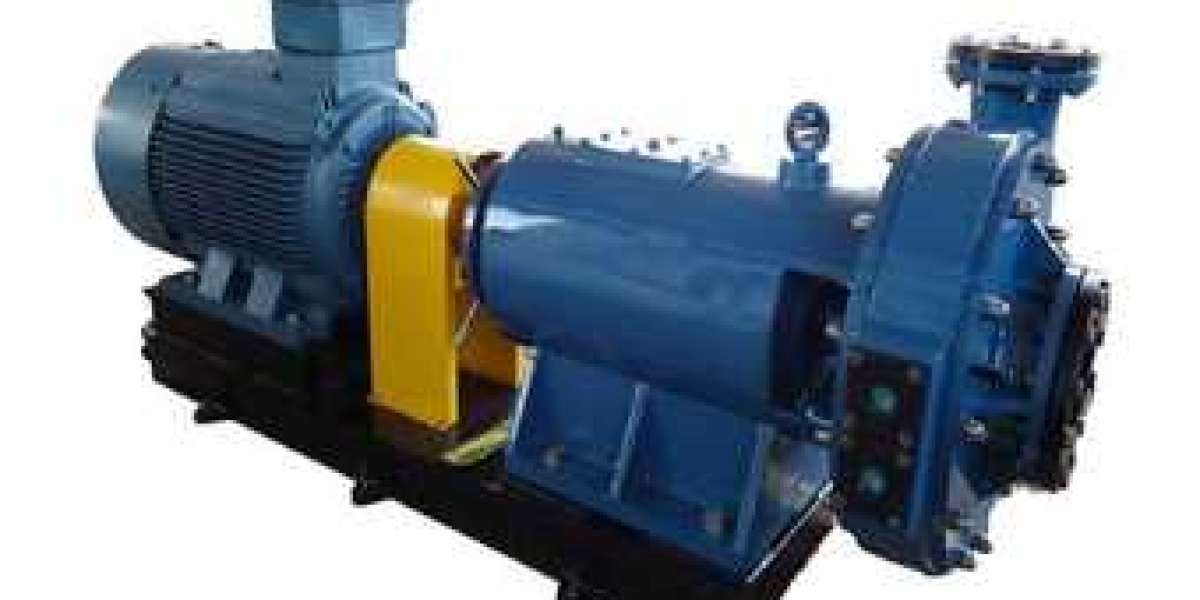Today, Chenyangpump, a colloid mill manufacturer, will introduce the operation process and operating characteristics of the colloid mill to help you further understand the colloid mill.
Theoretical research on colloidal grinding technology can be summarized into three parts: low-pressure space, theoretical research on low-temperature heat and mass transfer, and research on thermophysical parameters and their measurement methods. Among them, the theoretical research on low-pressure and low-temperature heat and mass transfer was carried out earlier, and the results were more obvious.
colloid mill model
The recognized colloid mill model can be summarized into three types:
(1) The steady-state model (URIF) proposed by Sanda11 et al. in 1967;
(2) the quasi-steady-state model proposed by Dryer et al. in 1968;
(3) The adsorption-sublimation model proposed by Litchfield et al. in 1979.
The operation process of the colloid mill:
1. Before starting the colloid mill, put the colloid mill in the preheating process to heat it and set the lubrication mode to manual. Press the manual button on the lubricator and check the lines and fittings for leaks.
2. Open the colloid mill emptying valve and colloid mill cleaning valve. Press and hold the manual button until oil flows out, drain the line, and close the drain valve. Press the manual button to increase the pressure of the colloid mill to 0.07~0.14MPa, close the purge valve, check the model of the colloid mill, and confirm the use of the colloid mill again to make it rotate flexibly and freely.

3. Press the start switch of the colloid mill, drive the motor, start slowly within 10 seconds, start the cooling water pump, and let the colloid mill idle for 5 minutes, or turn to the grinding body bearing until the temperature rises.
4. Close the grinding body preheating valve.
5. When the temperature of the cooling jacket of the grinding body reaches 60°C, the water temperature regulating valve will start. Monitor the mill lubrication system and ammeter. Make sure the colloid mill outlet valve is fully open.
6. Check whether the asphalt flow is normal. Open the colloid mill inlet valve, and the asphalt flow enters the colloid mill through the colloid mill and flows out.
The operating characteristics of the colloid mill
How much do you know about the related applications of colloid mills? In order to use asphalt equipment better, we need to understand the structural characteristics of the colloid mill, and then follow
Follow me to find out, I believe it will be helpful to you.
1. The colloid mill is the focus of the colloid mill. It is in an environment of high temperature and high-speed operation. The outer layer of the colloid mill is a jacket structure, equipped with a circulating heat preservation system, which can absorb shock and reduce noise at the same time.
In the colloid mill, there are ring-shaped moving disks and ring-shaped fixed disks with a certain number of tooth grooves inside the colloid mill. The gap can be adjusted, and the uniformity of material particle size and peptization effect is determined by the depth of the tooth grooves.
Certainly.
2. With the high-speed rotation of the moving plate, the modifier in the equipment is continuously dispersed by shearing and collision, and the particles are ground to form a stable system that is miscible with asphalt to achieve the purpose of uniform blending.
I hope the above content can help you better understand the colloid mill. For more information about the colloid mill, you can go to our new information section.








